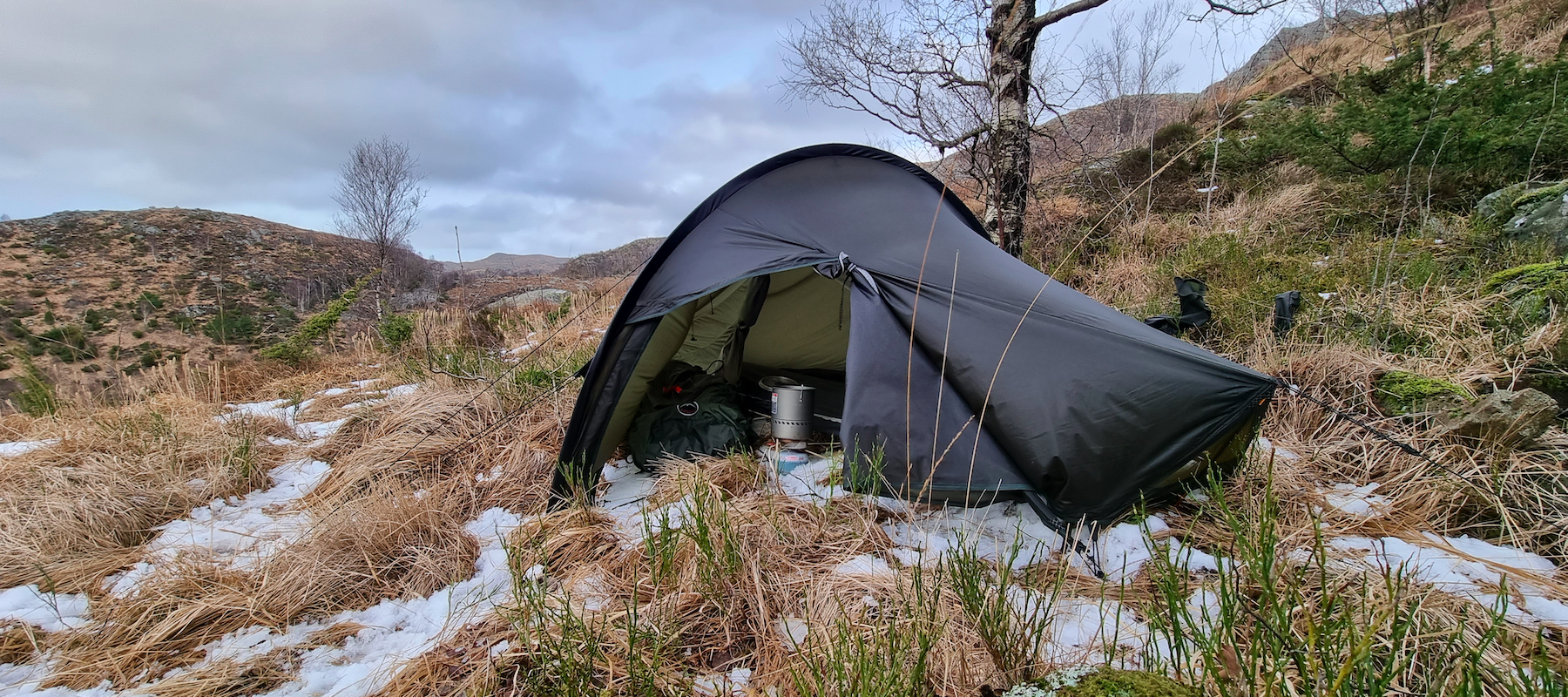Advnture Verdict
The Nortent Vern 1 is a lightweight, easy-to-pitch, four-season shelter that performs just as well in a winter storm as on a calm summer’s night. With a small pack size and impressive features, this might just be the best four-season tent on the market right now.
Pros
- +
Lightweight
- +
Small pack size
- +
Huge vestibule
- +
Very roomy
- +
Performs well in a range of conditions
Cons
- -
Needs to be seam sealed
You can trust Advnture
Meet the tester
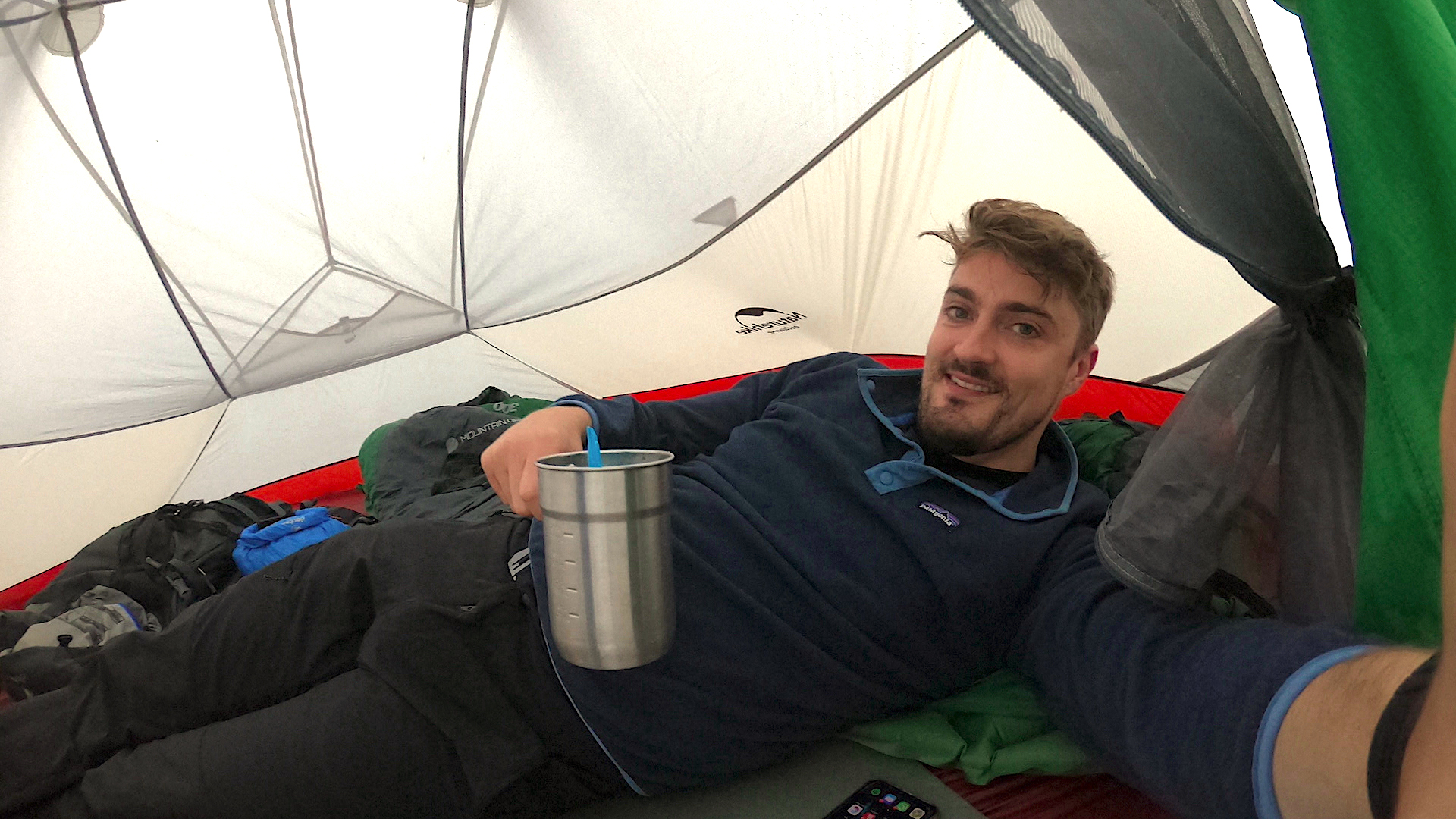
Craig loves nothing more than pitching up in the backcountry, preferably while taking on a long-distance thru-hike. His adventures usually take place in the hills and mountains of Wales but he occasionally gets away to his beloved Alps. As one of our expert campers, Craig revels in testing camping equipment and knows a sturdy shelter from on that will give up the ghost when conditions become challenging.
Nortent Vern 1: first impressions
The Nortent Vern 1 (available to buy direct from Nortent) hails from a Norwegian tent manufacturer specializing in creating shelters suitable for the wet and windy arctic tundras of northern Scandinavia. Nortent creates a range of high-end, four-season tents, ranging from ultra-high-spec expedition tents and stove-compatible hot tents to tarps and lightweight yurt-style shelters. The Vern series is the brand’s lightweight and packable four-season offering, coming in one and two-person versions.
• List price: Around $526 / £406 (with the crossing pole – exchange rates and import fees may vary)
• Style: Tunnel tent
• Weight: 1.7kgs / 3.7lbs
• Waterproofing: 3,000mm
• Rooms: One bedroom, one vestibule
• Compatibility: Available in one or two-person versions. One-person version is very roomy and easily large enough for one person and gear
For one of the best four-season tents – the type that can put up with driving wind, heavy snow loads and violent rain – the Nortent Vern 1 is impressively lightweight. It comes in with a max weight of 1.7kg (3.7lbs) and packs down smaller than many three-season tents. I also found it very easy to erect: the inner and the outer come pre-attached, so it’s simply a matter of pegging out the head and the tail end, adding the center pole, pegging out all remaining points and tightening everything up.
If used without the crossing pole, the Nortent Vern 1 is a classic tunnel-style shelter. That means that you need to watch out where you pitch this: if you can’t peg out each end properly, you won’t be able to establish any structural integrity. If you add the crossing pole, however, not only does the tent become practically impervious to wind, but the Vern 1 also becomes fully freestanding, meaning I was able to pick it up and move it if when not happy with the pitch.
The vestibule on the Nortent Vern 1 is also very well thought-out. Offering a cavernous space in which to store wet kit or to cook, it also comes with two fully retractable doors. When the weather allowed, I was able to turn the vestibule into a terrace of sorts. I could literally roll back the double doors and enjoy a near-unobstructed view of the outside world right from my sleeping pad.
Nortent Vern 1: sealing the deal

One thing to be aware of before buying the Nortent Vern 1 is the fact that the tent has to be seam sealed before use. This involves applying a small amount of sealant along every stitch on the shelter, ensuring that water can’t leak in anywhere and reinforcing the strength of the stitching. Now – you may be wondering – why isn’t this done at the factory? After all, without it, the tent isn’t fully waterproof, so how can it be sold as a four-season shelter?
Well, the answer is that it takes quite a bit of time to do this properly. Should Nortent have to add the time it takes the seam sealant to be effectively applied to the tent to the end price, the tent would suddenly become very expensive. And as seam sealing can easily be done by the consumer at home, it makes sense to keep the price down by passing on this final process.
To help, the Vern 1 comes with a small tube of sealant that is more than enough to effectively seal all of the seams on the tent. All you need is a free afternoon and a dry weather forecast. Then, once that’s done, you’ve got an extremely durable shelter that performs impeccably in practically every type of weather you’ll ever encounter.
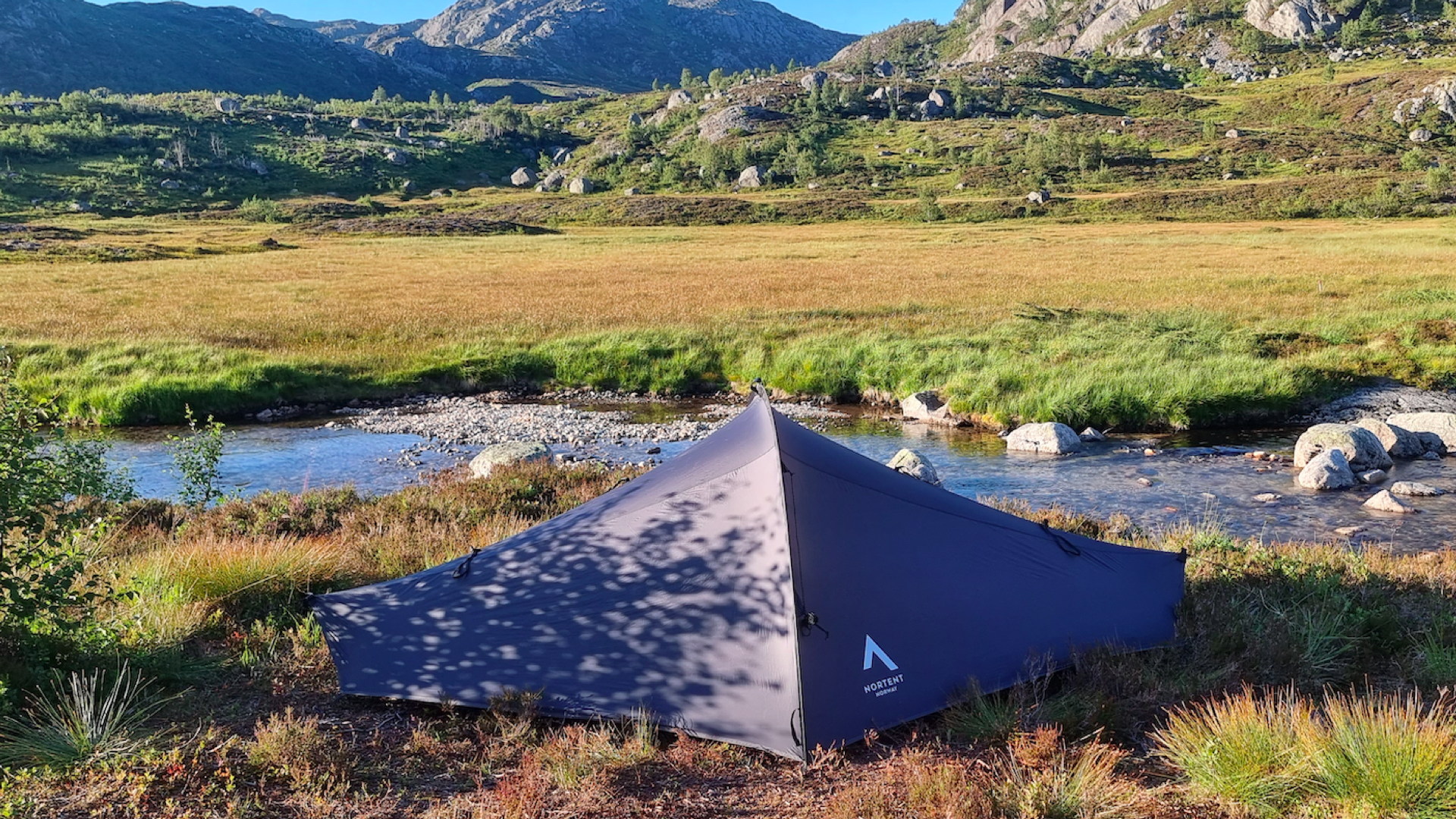
Nortent Vern 1: in the wild
I put the Nortent Vern 1 to the test in the hills and mountains of Wales' Bannau Brycheinoig (Brecon Beacons) and Eryri (Snowdonia) National Parks, where I was often met with unfavorable conditions.
One of my favorite things about the tent is the sheer amount of space you have to roll around inside. Seriously, for a one-person tent, this thing is massive. I’d even go as far as to say that two people could comfortably sleep inside this shelter if necessary. Which makes it absolutely perfect for one person and gear. The inside of the tent measures 280cm in length. This makes it ideal for taller people or, if you’re like me, gives you even more room to store bits and bobs you want in reaching distance through the night.
Inside the shelter, numerous pockets allow for smart storage, and the full nylon inner instantly instils confidence. Additionally, there are two large ventilation ports at the foot and tail end of the tent to maximize ventilation, as well as a retractable nylon panel on the door that can be opened in the warmer months.
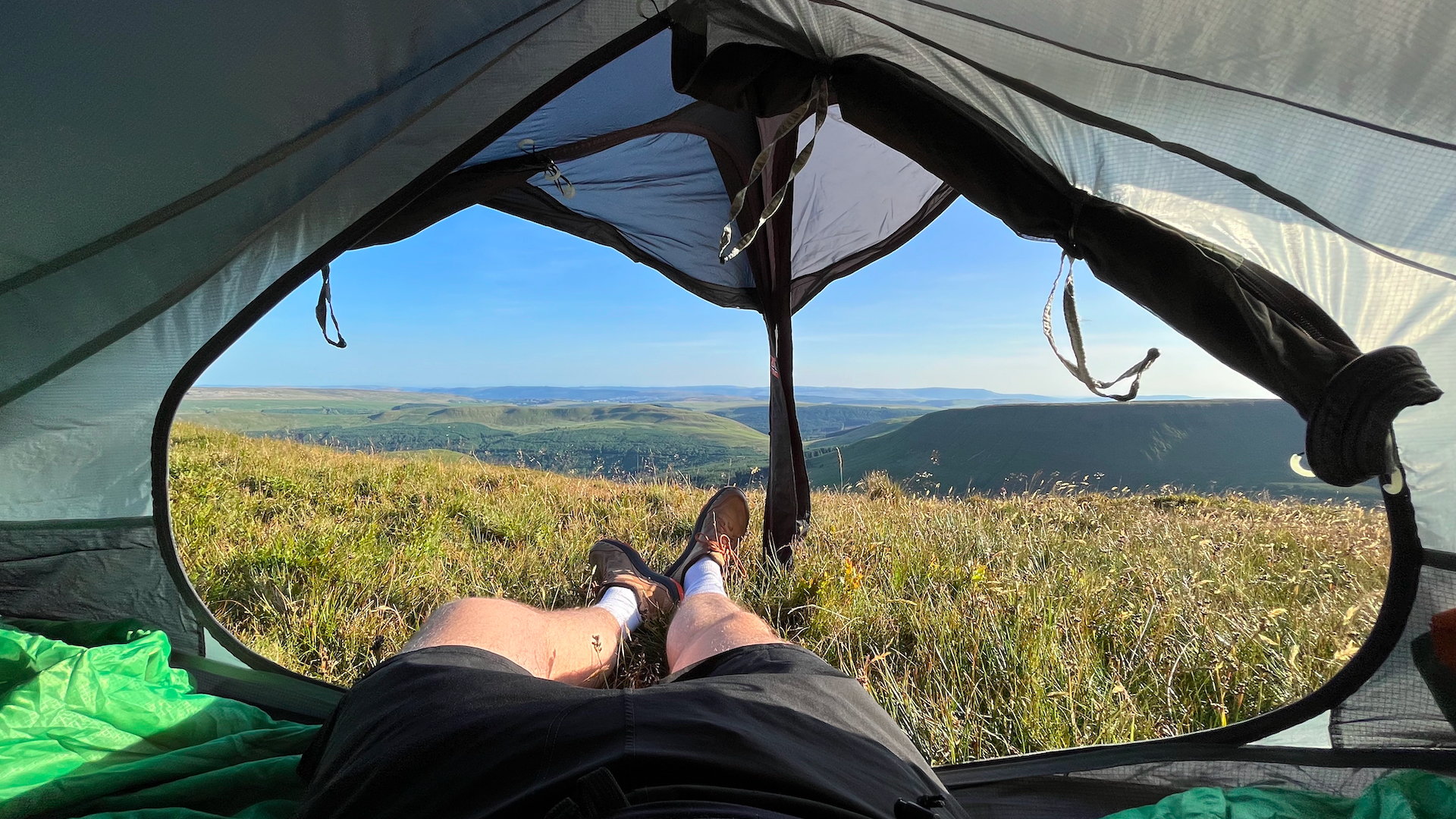
In particularly windy / rough conditions, you can add the optional crossing pole to tighten everything up. A simple matter of clipping the pole into the loops at each end of the tent and fastening the lashes that line the fly, it’s so easy to do I actually got into the habit of using it even when there was no meteorological reason to do so. It simply makes everything absolutely drum-tight, and drastically reduces the amount of noise the flysheet makes in the wind.
Durability
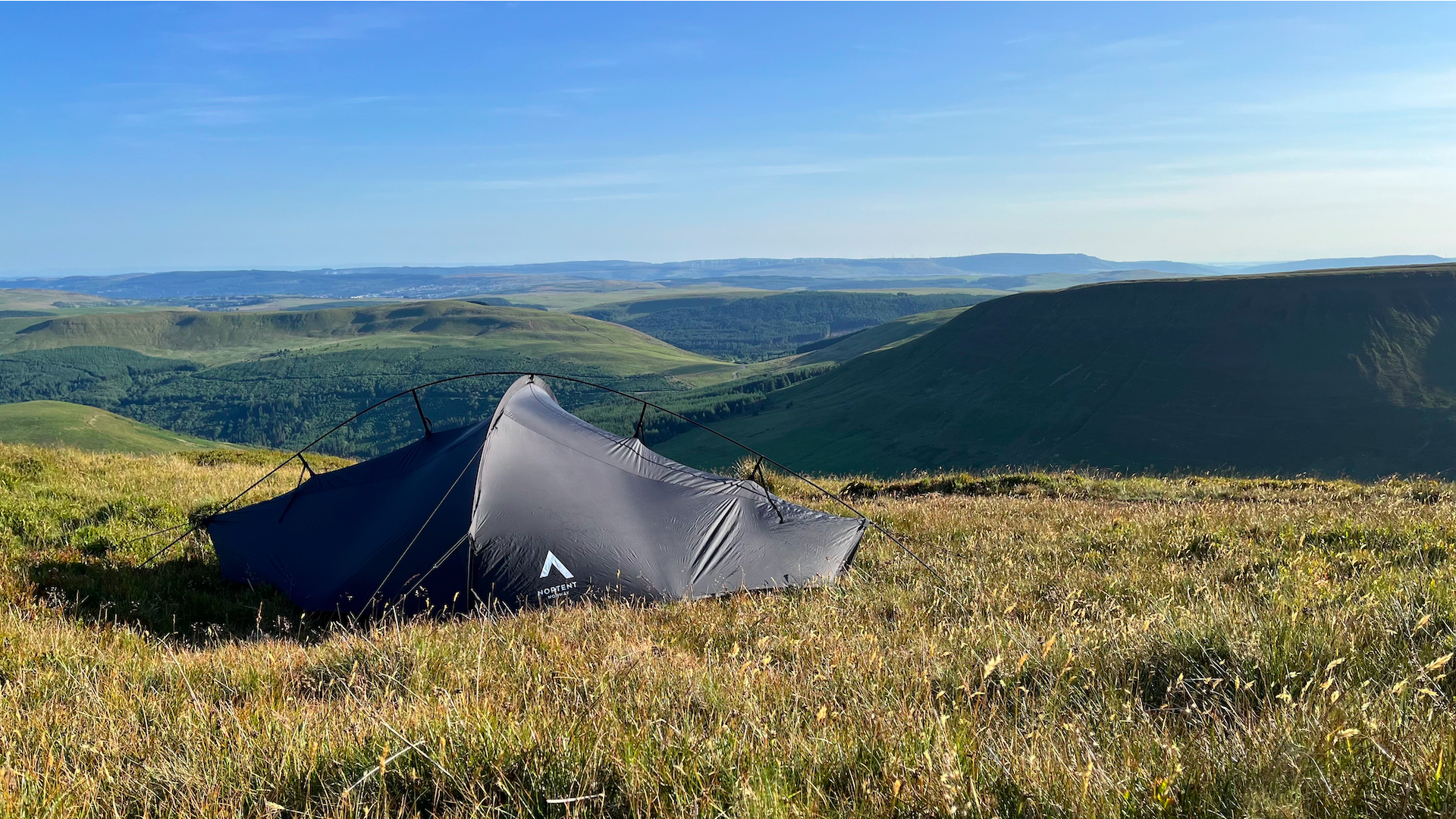
In my experience, the Nortent Vern 1 is plenty durable. Naturally, with a lightweight flysheet made out of silnylon, you still need to be a little careful with how and where you pitch this thing. But with all of the load-bearing areas being reinforced with Dyneema, I’d consider it to be very durable, especially considering its pack size and weight. You’re still not going to want to drape this thing over a barbed wire fence to dry it out in the morning, but if you’re careful and considerate in regards to where you pitch it, the Nortent Vern 1 should last multiple seasons, if not for life.
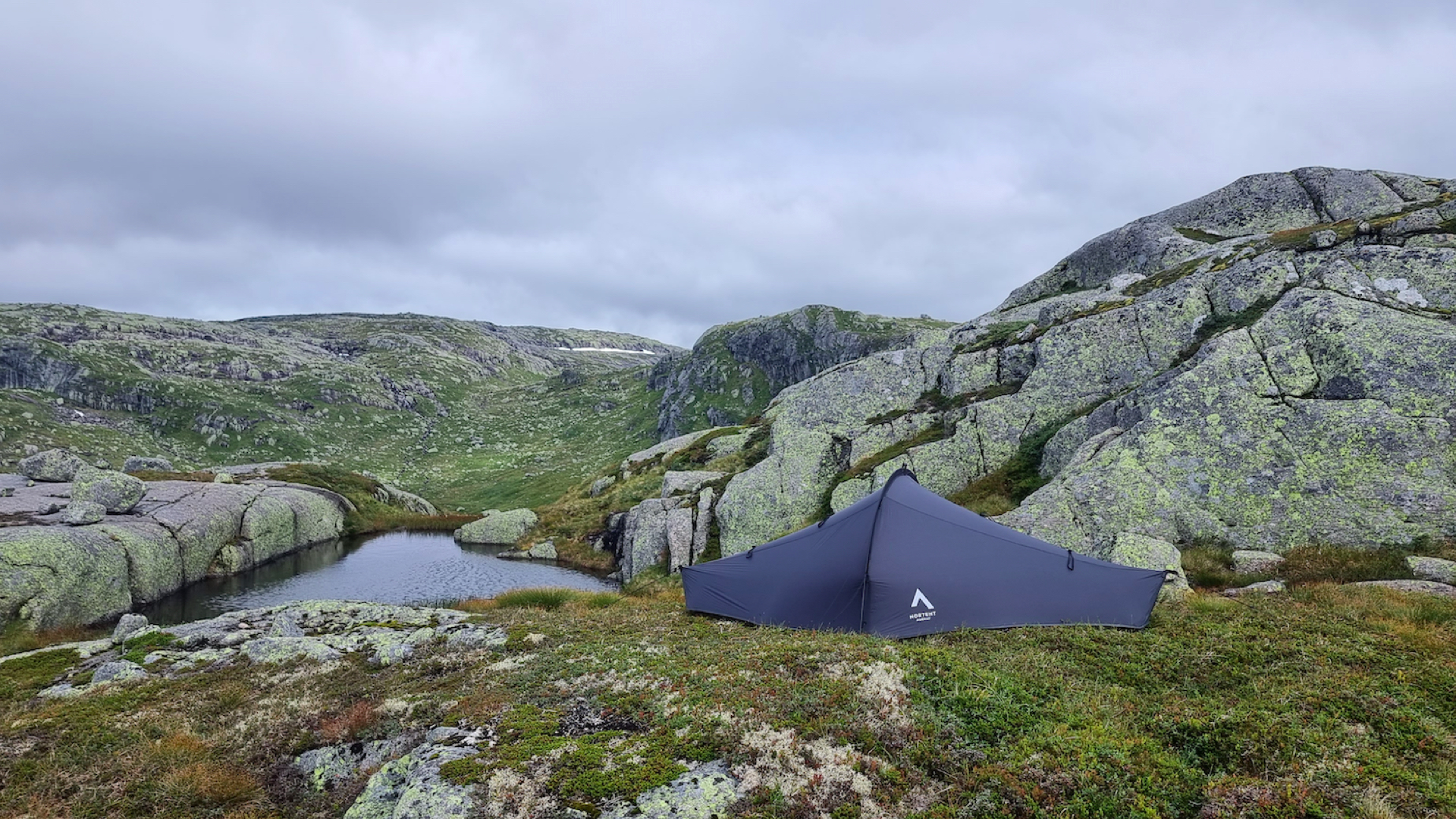
Overall, I think the Nortent Vern 1 is one of the best four-season tents on the market right now. Sure, it’s expensive, but you get a quality product for your investment; one that will last you many years. You also get a tent that can be effectively used on any type of camping trip, be that a mid-winter blizzard in Scandinavia or a summer backpacking trip in England's Cotswolds.
Packing down small and being decidedly lightweight, this tent can also be used for a variety of sports, be that bikepacking, fastpacking or thru-hiking. And while ultra-lightweight backpackers might want to look elsewhere, for me the Nortent Vern 1 is such a phenomenally well-rounded shelter that I’ll happily turn to this thing always. Hell, I may even go ahead and get rid of the rest of my tents now…
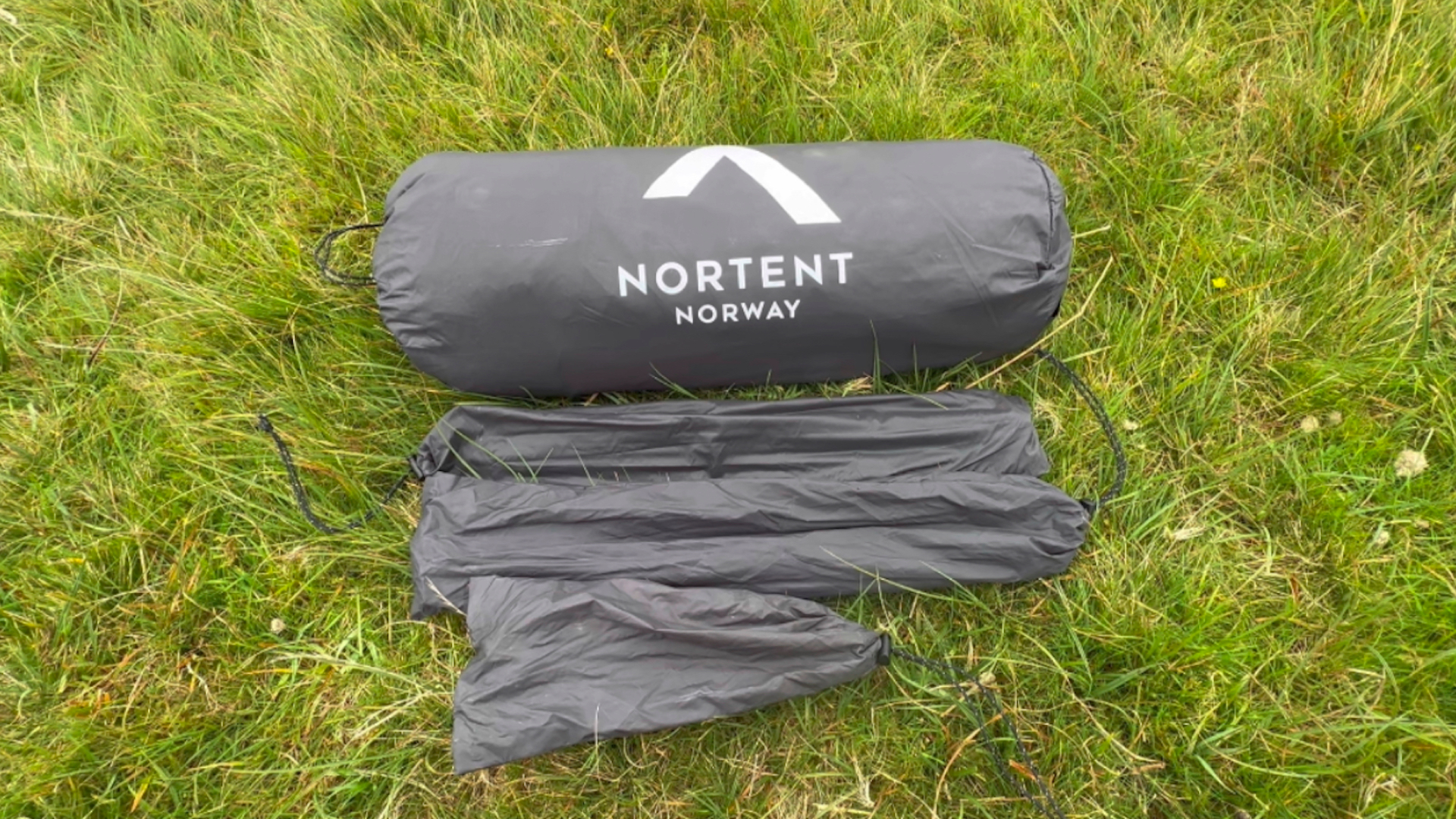
Growing up just south of the glorious Brecon Beacons National Park, Craig spent his childhood walking uphill. As he got older, the hills got bigger, and his passion for spending quality time in the great outdoors only grew - falling in love with wild camping, long-distance hiking, bikepacking and fastpacking. Having recently returned to the UK after almost a decade in Germany, he now focuses on regular micro-adventures in nearby Snowdonia and the Brecon Beacons, as well as frequent trips to the Alps and beyond. You can follow his adventures over on komoot.
